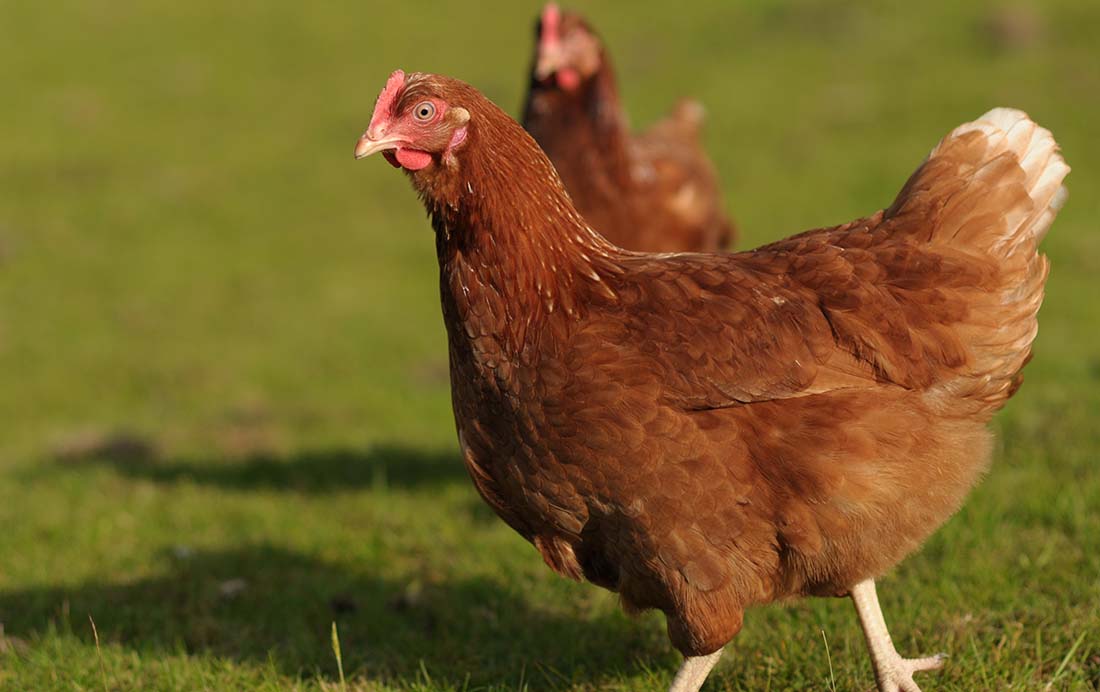By Traci Badalucco and Christina Bucciere
The egg product industry is feeling the effect of the biggest avian flu outbreak in U.S. history more than consumers, so far, as the virus has infected more than 35 million egg-laying hens across the country.
The wholesale price of a dozen large eggs nearly doubled since the beginning of April from $1.25 to $2.48, according to the U.S. Department of Agriculture (USDA).
Egg products include liquid, frozen and powdered eggs that go into industries such as food manufacturers, baking products and common consumer goods such as fast food, said Kevin Burkum, senior vice president of the American Egg Board.
The egg board doesn’t anticipate much impact on consumer egg prices or an egg shortage on the grocery store shelves, Burkum said.
Of the 300 million egg-laying hens in the U.S., 80 percent supply the egg product market, said Cory Martin, director of government relations for the American Bakers Association.
“It’s somewhat unprecedented in that we can’t get ahold of any ingredients,” Martin said. “Some bakers went to other suppliers or venues for these eggs, and they couldn’t provide any. If it were a price issue we would find a way to deal with that. We can’t get it at any price.”
In the meantime, the food industry is working with different organizations to find egg substitutes for bakers, Martin said.
The food industry is working with the USDA and the Food and Drug Administration to look for ways to increase both shelled egg and egg product imports from other countries, Martin said.
The USDA approved a plan Monday to import from individual companies in the Netherlands to individual companies in the U.S., Martin said.
“We hope that there is a long-term solution put in place so we aren’t dealing with this year and year,” Martin said. “It has a ripple effect far and wide beyond the U.S. because bakers are everywhere.”
Oak Brook-based McDonald’s uses egg products, also known as “breaker” eggs, or liquid eggs, for its breakfast items.
Although one of its suppliers has been directly affected by the virus, its franchises are not affected by the outbreak and reduced supply yet and are not seeking out new suppliers, said Lisa McComb, director of McDonald’s media relations.
The flu has affected flocks in much of the Midwest and infected 40 percent of Iowa’s hens, said Dustin VandeHoeuf, communications director at the Iowa Department of Agriculture.
As of today, about 29 million chickens and turkeys are infected on 71 sites across Iowa, and all of them will need to be killed, VandeHoeuf said.
About 24 million egg-laying hens, nearly 1.2 million turkeys and about 3.8 million pullets—hens raised to become layers—have already been killed in Iowa, according to the Iowa Department of Agriculture.
Avian influenza or “bird flu” is a virus that infects domestic poultry. The H5N2 strain is affecting many other states, including Minnesota and Wisconsin, South Dakota and Kansas.
Experts believe the H5N2 strain is being spread by the droppings of wild birds, such as geese or ducks, migrating across the U.S., said Dr. Kyoung-Jin Yoon, a veterinarian and professor at Iowa State University.
Humans can unknowingly spread the droppings by tracking them through farms or trucks and cars whose wheels pick it up.
The virus may even be carried in an aerosol from the droppings as birds migrate, and in the warmer months when farmers open cage windows for better circulation, the birds could be more exposed, Yoon said.
The virus can cause low energy, diarrhea, sneezing, runny nose, purple discoloration of the legs, decreased egg production and sudden death in infected birds, according to the USDA.
“No one knows how long the virus will hang around,” Burkum said, but the World Organization for Animal Health has said the worst of the virus’ spread is over and will be under control in four months.

